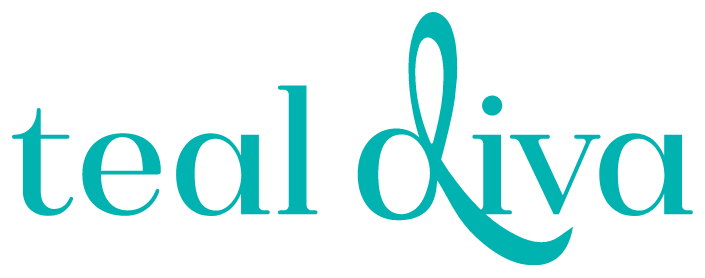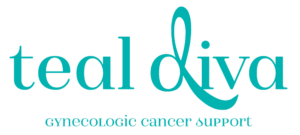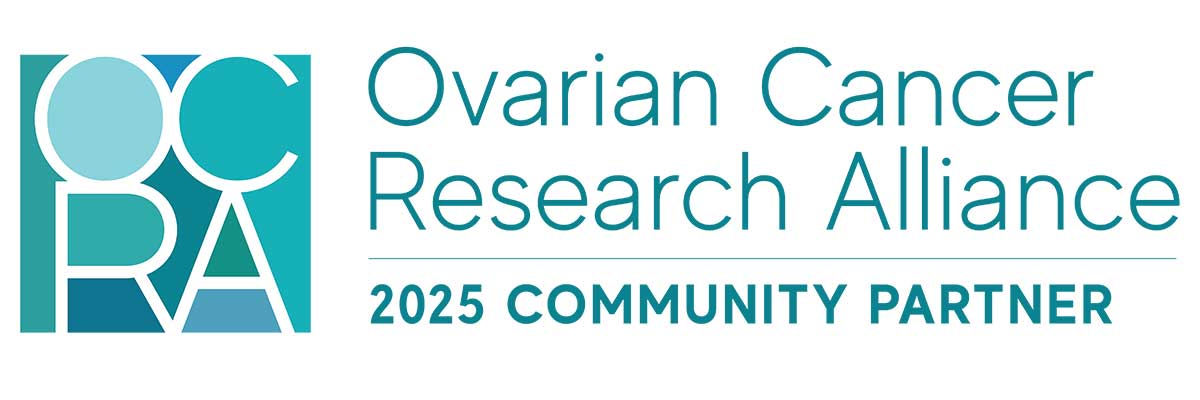By : Mai Linh Nguyen Achong
Let’s take a glance back to the year 2008. I was 26 years old, working full-time as the Assistant Sales Manager of a well-known national gym. I took nutrition and fitness seriously, not just because it was my job, but also creating a lifestyle to include daily weight training, cardiovascular training, hydration, and nutrition. My workdays seemed longer since the hours I wasn’t on the clock, I was still in the gym, exercising. I was still trying to prove myself in the world. Having graduated from college in 2004 with a degree in music, I moved to New York City to live my dreams as a Broadway performer. I quickly realized that everyone in the city was so talented. Whether a singer, dancer, actor, model, or artist, many came with big hopes and bright eyes to land “the gig” to propel them into stardom. The winters were too cold for this Florida girl, and I was homesick. I put away my NYC dreams and worked hard to look better, feel better, and earn a full-time income while still taking on smaller singing and modeling jobs. I was passionate about fitness and wanted to help others in their health goals.
As in any sales job, the hours were long, and my stress was to the max trying to meet my sales quota, while also managing the sales team. Where I once found joy in the gym, it started to feel less exciting, the magic had faded, and I felt the weight of the team and its members on my shoulders. I started to question myself: Would I earn my bonus this month? Will it be enough to support me? Will I still have personal growth? Is this what I wanted? Will I make my parents happy? Am I using my college education at all? Am I enough?
I went out of town to visit my boyfriend at the time for the 4th of July week. That Summer, he was working in New Jersey, very close to New York City. I was excited to be just a short train ride away from a city I loved, missed, and to be able to visit my friends again. Unfortunately, I did not get to do what I planned. That evening, I had excruciating pelvic and abdominal pain. It was a sharp, stabbing pain, radiating up from the tips of my shoulders and down to my rectum. It was debilitating; I was curled in a ball, writhing in agony, waiting for the moment when the pain would ease up. This reminded me of a time four years prior, when I had similar episodes for an hour or two at a time, but the ovarian “cyst” was never followed up on. This time, it did not let up. I was miserable and couldn’t stand up straight, barely able to walk, feeling like I had the flu, with no temperature, and in so much pain. I never made it on the train to go to New York City.
It was a holiday weekend, and I couldn’t get in touch with a doctor, so I decided to go to the local pharmacy. (In hindsight, I should have gone to the ER.) I thought maybe the pharmacist could give me some medical advice. I explained my pain and symptoms, which were thought to be bowel upset and a possible urinary tract infection. She advised me to buy Pepto Bismol and, for good measure, to start taking AZO with a low dose of antibiotics that can be purchased over the counter until I could get back home and see my doctor. Neither of these medications helped ease my pain, nor help with any of the overall sickness I felt consumed with. By Monday, I was able to schedule an appointment with my primary care physician one week away and another appointment with my OB/gynecologist for two weeks out. During that one week’s stay, I managed to merely crawl to the pool once, and by the time I was ready to fly back home, I was strong enough to walk again.
My primary care physician ordered an ultrasound to be performed in the office. The report stated that they had difficulty visualizing my left ovary. He sent me for a CT scan with appropriate timing for my gynecologist to review the results with me. There was a mass on my left ovary, the size of a softball. She was able to help me get in for a transvaginal ultrasound to be reviewed by her trusted radiologist. I’ll never forget when the radiologist came into the exam room following my ultrasound with the technician, and saying, “Let me put it to you this way: if you were my wife, daughter, sister, or mother, I would not let you leave the hospital today without having this mass removed”. I understood the severity of his statement and that it could possibly be cancer, but it really hit me just a couple of days later, when my new gynecologic oncologist told me that if I did not have clear margins, he might have to perform a total hysterectomy.
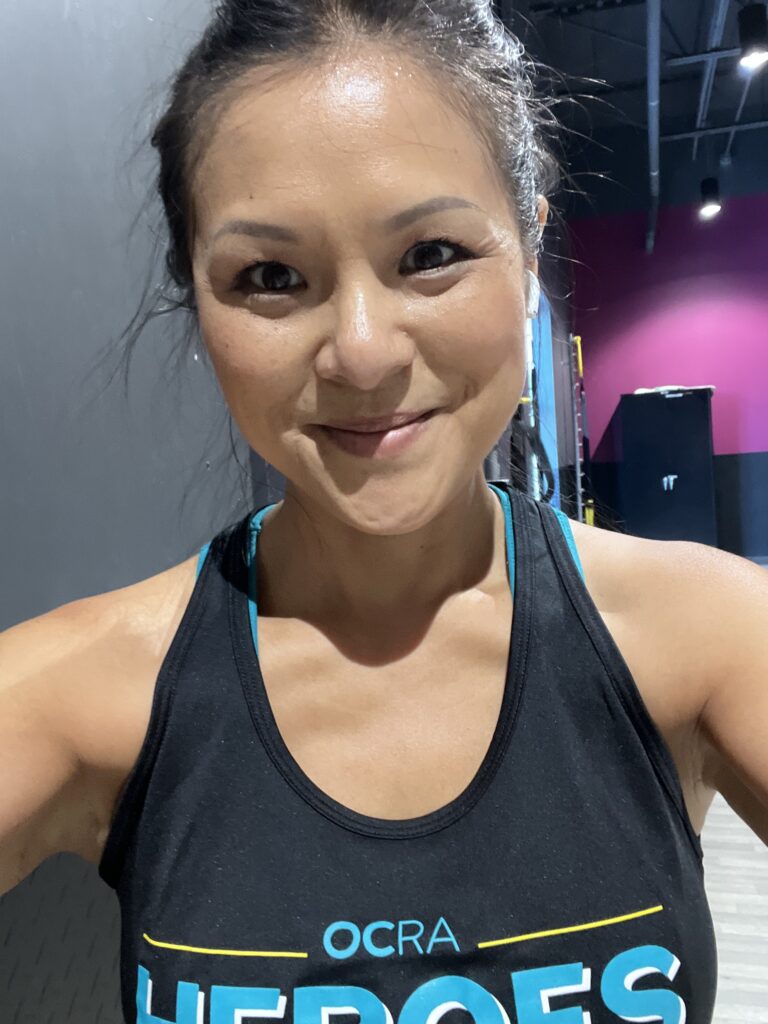
On September 26, 2008, I was diagnosed with Ovarian Cancer, a rare subtype called Granulosa Cell Tumor. It was contained just to my left ovary, which was removed with my fallopian tube. Due to the early stage and otherwise clear margins, my gynecologic oncologist performed a fertility-sparing surgery. That meant I still had the possibility of conceiving a child.
Recovery was much more painful than I anticipated, especially in the first two weeks. I stayed with my parents for the first month, where they loved and cared for me, making sure I was able to eat and helping me with my J-drain site, which was very irritated. It felt wonderful to be with my parents and able to completely relax and heal. Soon, I moved back to my apartment and, having an unpaid leave of absence, I was eager to get back to work to earn money and get back into my workout routine. I thought I would bounce right back into shape. I remember the first day I came back to work out. I had lost my stamina and strength. I tried to kick the boxing heavy bag that was waist high, and felt so much pressure in my pelvis and abdomen. I tried kicking lower and still felt so much pressure. I was surprised and frustrated, and wondered if I would ever be strong again.
I realized I really needed to ease into it, almost like starting over with less intense exercise, such as walking on the treadmill, using the elliptical machine, and light weight training. I had to tune into my body and listen for the cues, to understand what my new limits were and to take my time. Each day, I got a little stronger, and each week even more so. That allowed me to start jogging, then running, getting back into jumping, calisthenics, isometrics, and finally able to do abdominal exercises too.
Soon, though, I felt immensely tired. I hadn’t started menstruating again following my surgery, but I figured that it was due to hormonal changes after losing one ovary. On December 3, 2008, I took a pregnancy test, and it revealed I was pregnant. There was a wave of emotions ranging from surprise and wonder that I was able to conceive, to fear, even anger, and everything in between, to joy. I was monitored closely during my pregnancy because I was considered high risk due to my recent cancer diagnosis. I had ultrasounds monthly and visits with my OB/gynecologist as well as my gynecologic oncologist. I carried to full term and gave natural birth to a healthy, beautiful, miracle baby girl – my daughter.
I’d like to say my journey of cancer ended with this one time I was diagnosed. However, I was just writing my next chapter of life after cancer with my daughter, and then living with a chronic illness. I had my first recurrence in June of 2013. The year prior, my tumor marker, Inhibin B, was increasing out of normal range for a woman who is still pre-menopausal. My gynecologic oncologist moved to another hospital, I had an interim doctor who started monitoring me much more closely with labs, and then I was assigned to my third gynecologic oncologist. She did order scans and repeat labs, but just as I started having symptoms of fatigue, abdominal, pelvic, and back pain, I lost follow-up care for 6 months. By the time I ended up in surgery, my ovarian cancer had metastasized to several areas, and the largest tumor on the right side of my liver ruptured, spilling cancer cells into my abdominal cavity. I met my fourth oncologist while I was still a patient at the hospital. I was heartbroken and felt betrayed by not just my prior oncologist, but also by my own body. How could this body of mine wreak so much havoc? Why was it against me?
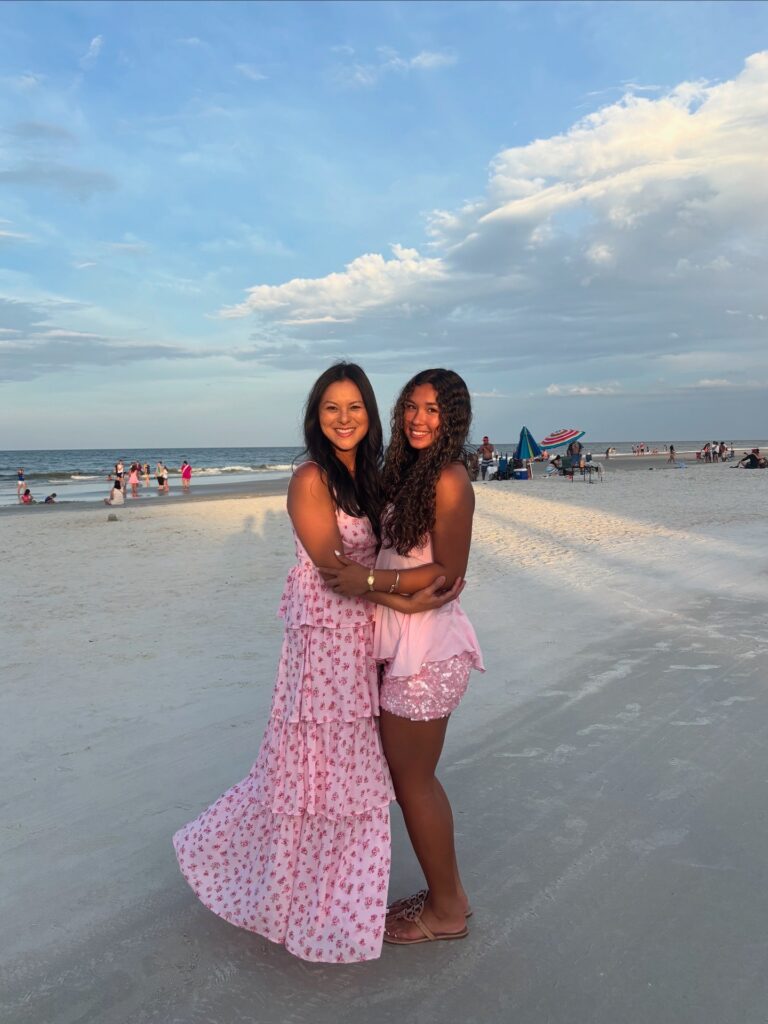
A few weeks post-operative, I had my first follow-up appointment and learned that pathology results from all my tumor samples confirmed this was recurrent disease and that I would have a chest port placed and begin chemotherapy. It was a strong cocktail of three drugs for 5 days straight in the first week, two weeks recovering, and repeating this for 6 cycles. I would have an additional surgery to remove the remaining disease that was left behind, a complete hysterectomy, and then another 3 cycles of a different combination of chemotherapy. This plan was to remove all visual disease and then kill the cancer cells microscopically. I knew my body was about to take a huge beating.
It was important for me to find a way to feel like I still had some control over my health. I quickly learned how sick and weak chemotherapy would make me feel, starting on the 3rd day of infusion and remaining for 7-10 days following. I tried my best to stay hydrated, although water started to have a metallic taste. I would go on short walks in between naps just to try to keep up with mobility and circulation. By the end of the second week of each cycle, I would start working out again. My oncologist recommended I refrain from being in crowds because my immune system was low, so I started a new routine at home and outside. With a friend, I did a combination of a jog to the park one mile away, calisthenics, isometrics, and using the walls and stairs around the playground for strengthening moves like wall dips, pushups, step-ups, wall jumps, etc., and then a mile jog back home. I also had light dumbbells at home for additional exercises to retain muscle mass and did a series of abdominal exercises as well. I wanted to get as strong as possible before my scheduled surgery that Fall.
I think our bodies are so strong and train us to forget pain. That next surgery was a tough one and it took over 9 hours for my oncologist to remove all traces of the disease. Along with the cytoreductive surgery, I had a hysterectomy, cholecystectomy, and omentectomy, and recovery was in the ICU for my first several days before transitioning to a standard inpatient unit. Once I was discharged to go home with my parents, I felt like it was nearly a month before I felt strong enough to walk down the street. It was only for a moment before starting the next chemotherapy sessions. On December 30, 2013, I rang the bell for the end of chemotherapy. Lab work and Scans months following showed I had no evidence of disease-NED.
I faced the challenge, once again, of starting fitness as if it were brand new. Short walks turned into longer walks, then jogs into running, resistance training into heavier lifting. I continued to listen to my body, which sometimes meant days of lots of resting and napping, until I could emerge from the chemo cloud of fatigue and work again towards muscle and bone mass retention.
I continued working out at home and in the gym. In 2016, I faced two recurrences, including just a couple of months after marriage, then again in 2017. I underwent surgeries each time, and then more chemotherapy. Since 2017, I cannot say that I have seen remission or heard the words “there’s no evidence of disease”. I had a splenectomy, appendectomy, and more surgeries to remove metastatic cancer. I underwent radiation, multiple combinations of endocrine therapies, and other medications to try to keep the disease stable, only to fall back into surgery time after time. It became a science of surgery, recovery, relearning, and reteaching my body to regain strength, conditioning, and stamina. I always kept in mind that I had to try to achieve my optimal strength in my stretches of good months, just to prepare for a blow.
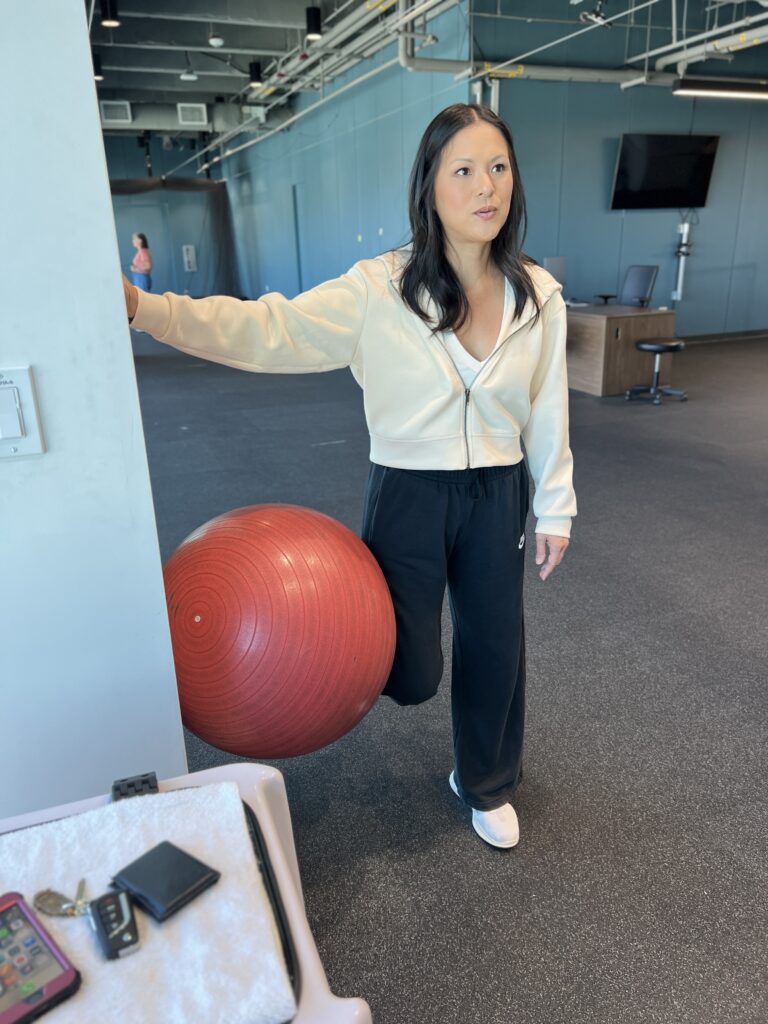
In October 2022, I entered the operating room for my tenth surgery to remove a large tumor on my liver, too dangerous to radiate because of its proximity to my heart. We knew it was going to be a big surgery, one that a liver transplant doctor would perform. Surgery went well, but recovery did not. I was home for under a week before I was rushed back to the ER, into emergency surgery to repair a perforated bowel. I started to recover well for a few days, and then started showing signs of infection. A CT scan revealed that my bowel anastomosis failed, spilling into my abdomen. I went septic, they did an abdominal washout, and I had frozen bowel, and they had to sew off the ends of my detached intestines to let me rest. I was in the ICU, intubated with walls of medications to treat sepsis and keep me alive. I had another washout, and they still could not perform surgery. In the ICU, the doctors started to tell me they needed to create a temporary ileostomy, and they would leave my abdomen open to continually medicate me through IVs and treat the sepsis. On November 16, 2022, I had my ileostomy created and wound vac placed. I had one more time in the operating room to change out my type of wound vac. I improved slowly before Thanksgiving; I was transferred to the standard colorectal surgery unit to recover. My abdominal wall could not be surgically closed. In December, I was discharged with a wound vac, lessons on wound care for my large abdominal wound as high as my sternum down to my pubic line and up to 5 inches at its widest point, and an ileostomy. I was readmitted the next week for monitoring of a new enterocutaneous fistula (ECF) I developed on the inactive side of my bowels.
When I was discharged, I could barely walk outside of my front door without feeling winded. I lost all my muscle mass. I had to be pushed in a wheelchair anytime we left home. My wound emitted so much liquid that my husband had to change my wound dressing 2-3 times daily. I had weekly appointments with my wonderful Wound Ostomy Continence Nurse (W.O.C.N.) to care for my large wound and help me with my ostomy. It took months until I was strong enough to walk into the hospital for appointments, but by February 2023, I could confidently walk throughout the halls of the hospital from one end to the next. I always joke that my dog was the one who bossed me back into shape. He’s an 11-pound chihuahua who scoffs when he wants to go outside, which is very frequently. That made it mandatory for me to get off the couch and into the fresh (hot and humid) air to move my limbs several times a day.
I was accepted into a clinical trial in June 2023 and couldn’t wait for the day that I would have an ileostomy reversal and abdominal reconstructive repair. Weekly appointments with wound/ostomy care turned into months, and visits with my colorectal team started to seem like my repair and reversal were not happening as soon as I thought it would. By summer 2024, my colorectal team and gynecologic oncologist told me a surgery would be too risky and possibly catastrophic due to scar tissue and the difficulty of cutting in without damaging even more of my bowels. Additionally, I was removed from the clinical trial when my tumor load increased by over 38%. I was devastated. I wanted my health back, I wanted my body back, I wanted to look and feel normal again, but now, I would never be able to ease my way back into feeling whole. I yearned to find a way to not just exist, but to thrive again. I spent nearly 2 years just trying to survive and heal my wound, believing that it was only temporary. The ugly truth was that the cancer caused physical changes that would never be fixed.
In October 2024, I asked my doctor for pelvic floor physical therapy. This is something I feared for a long time, but I knew I had to face it to feel like a human being. My PT addressed my overall concerns and helped me create goals: lowered lung volume, diaphragm changes which were concerns because I sing and cannot inhale and adequately support breath control; chronic abdominal, rib, pelvic pain; learning to exercise without injury to extensive ventral hernia from healing by secondary intention, not closure; rebuilding muscle strength and endurance; exercising with an ileostomy; sexual function. With a combination of breathing techniques, biometric feedback, and mobility exercises, I started to recognize some flexibility and strength. She taught me how to use a set of resistance bands again and how to incorporate breathing to engage, then relax my pelvic floor. She took me into the gym to warm up on a recumbent bike, exercises on the Pilates reformer to strengthen my legs while lying down, and eventually to incorporate the exercise ball. She encouraged me to practice at home, and I slowly felt comfortable enough to start a workout program on my own. I knew this would give me a routine to follow, without the pressure of being seen in public. I really had to listen to my body to recognize this difference between my normal pain from tumors, bowel, or scar tissue, and focusing on what I learned I can do, instead of what I cannot do.
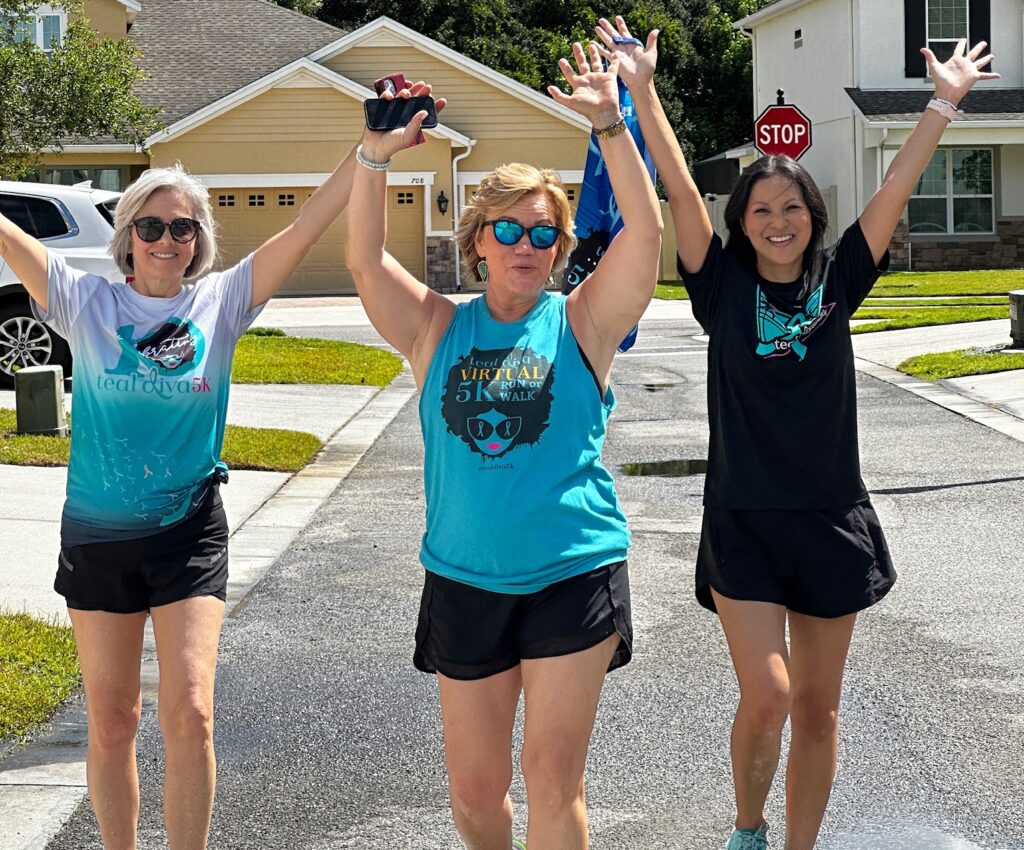
I started with 5-pound weights, or sometimes no dumbbells at all. I had to give myself a lot of grace. It is not easy for me to transition from lying completely flat on my back to standing back right back up, without straining my abdomen that has no connected midline muscles. I cannot do abdominal exercises like crunches or sit-ups, and must even modify anything in the plank. One thing I’m susceptible to is called a parastomal hernia, because this can affect up to 50% of patients who have a colostomy or ileostomy. I wear an ostomy belt when I exercise to help hold in some of my bulging intestines and support the area around my stoma as well. The program I am following calls for 4 days per week, with an optional 5th day. On my good weeks, I do all 5, but on others, I may do 2 or 3, but I always make sure to continue to move forward to the next workout ahead. I’ve also learned that dehydration is very common in individuals living with an ostomy, and with added exercise, I must increase hydration. I have increased the amount of weight I can lift, have gotten faster at transitions, have even been able to do indoor cycling again (check out https://orlando.ocrafit.ocrahope.org/), stronger at a plank in bear stance instead of straight legged, and have become much more comfortable with creating modifications for exercises that are not safe for me. I even started going to the gym with my daughter.
I honor naps on many days, just to get through the entire day and still be able to work out and keep up with my daughter’s many extracurricular activities, games, and be present with my family. Some days, when I have more pain than normal, I give myself the chance to rest. Also, when I feel emotionally defeated, I allow myself that space to grieve the person I once was. I am proud of how far I’ve come from the days when life felt so grim in the ICU, too weak to even hold a conversation. I am grateful for God’s grace and the consistent support I’ve had from my family, my church, my friends, and my survivor sisterhood. I will continue to work out to fine-tune my new definition of health, even while living with active ovarian cancer, with my new accessories, to help my mental clarity, release good endorphins, reverse osteoporosis and muscle atrophy, reduce stress and anxiety while finding the new version of me, one step at a time.

Your wellness is in your hands, right now, no matter if you’re starting at level 0 or at level 10. Ready to take your first step? Whether it’s a walk around the block or logging miles with purpose, we invite you to join the movement with meaning. We’re inviting you to sign up for our September virtual challenge, Mile for Her! You can track your miles at your own pace, and help raise awareness for women like Mai Linh who continue to fight every day.
Start your Mile for her – because every step counts.

